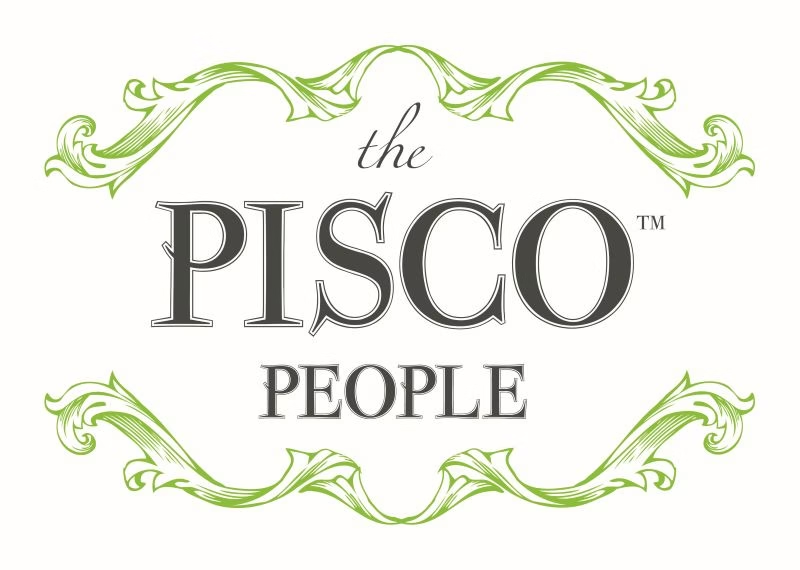The origins of pisco can be traced back to the days when the Spanish Conquistadores invaded Peru in 1532. At the time, the wine the Conquistadores brought with them was scarce and destined only for the Holy Church. In 1553, to meet the growing demand for wine in the new country, the Marquis Francisco de Caravantes imported grapes from the Spanish Canary Islands. By 1563 vineyards were planted in the sunny lands of arid city of Ica in the south of Peru, which became the cradle of pisco in Peru.
16TH CENTURY: AGUARDIENTE IS PRODUCED
Over the years, the grapes brought by the Spanish adapted to the unique soil and desert climate – the dry air and plentiful water of the coastal valleys were ideally suited to the grapes. The Jesuits, who were responsible for the production of wine, selected the best quality grapes for their wine and gave the left over grapes to local farmers to do with as they pleased. Small groups of locals began to use these grapes to produce a clear brandy-like grape liquor, which was called aguardiente (fire water).
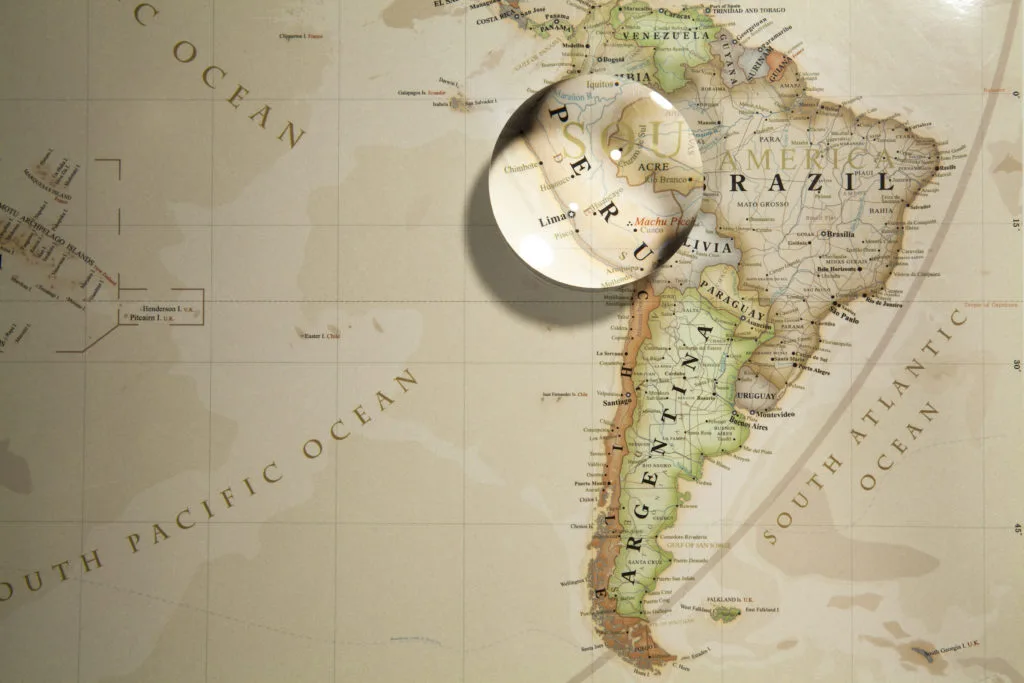
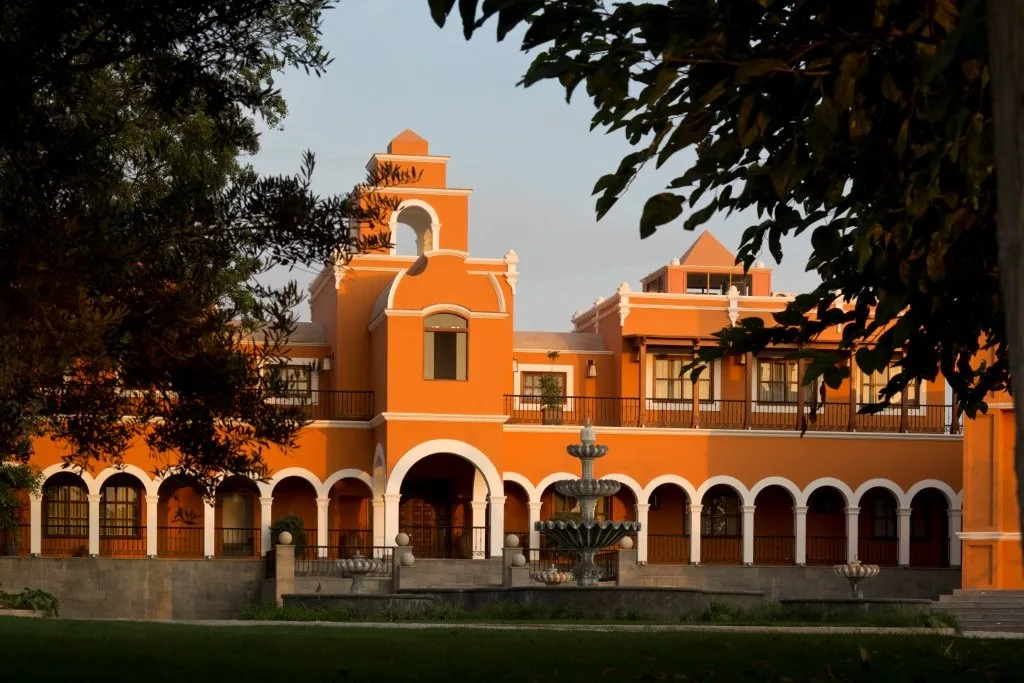
MID 16TH CENTURY: PISCO IS BORN
The town of Santa María Magdalena, founded the century in 1572, had a port named Pisco, after the name of the valley in which it was located. This port became an important route for distribution of the aguardiente throughout Peru. Demand for the product grew as sailors from around the world who called into the Port of Pisco created an important international trade link and further demand for the product. Overtime, the town of Santa María Magdalena became simply known as ‘Pisco’ with the same name adopted for the grape liqueur produced from the area. And so began the legend of pisco.
MID 17TH CENTURY: PISCO PRODUCTION EXPANDS
From the port of Pisco, the product was distributed along the entire coast of Peru and Chile, as well as being exported through ports in the Pacific and Europe. In a few decades, pisco became the favourite drink of many in the continent as well as becoming a valuable asset for international trade. The valleys of Ica and Pisco accounted for more 90 per cent of all wine and pisco in the region. By 1764, the production of pisco dwarfed the production of wine, with pisco representing 90 per cent of the grape beverages produced in the region.
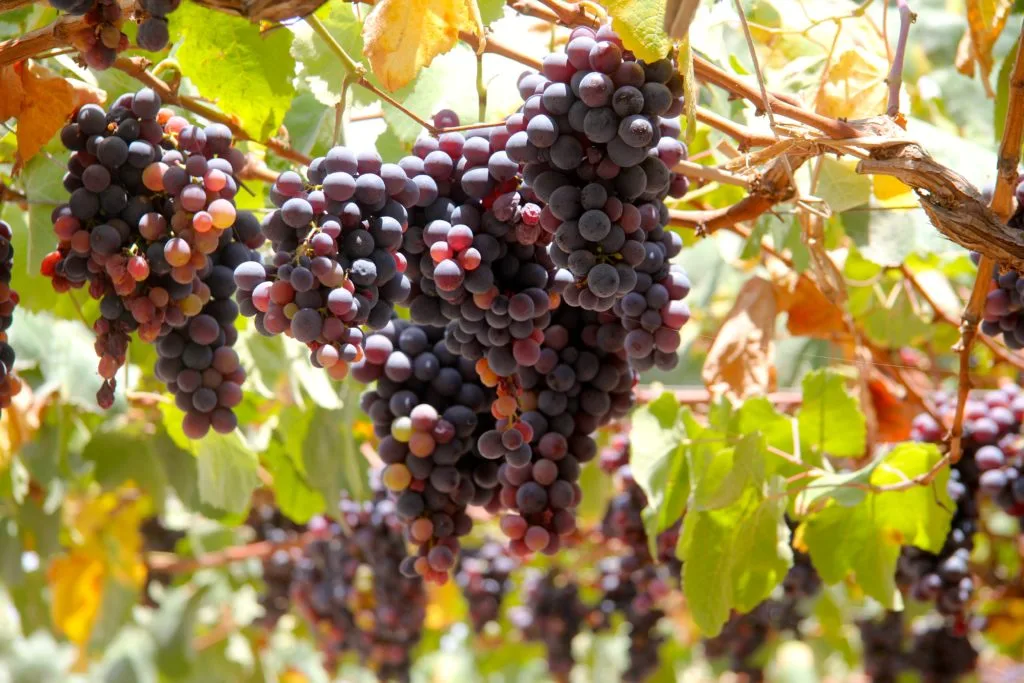
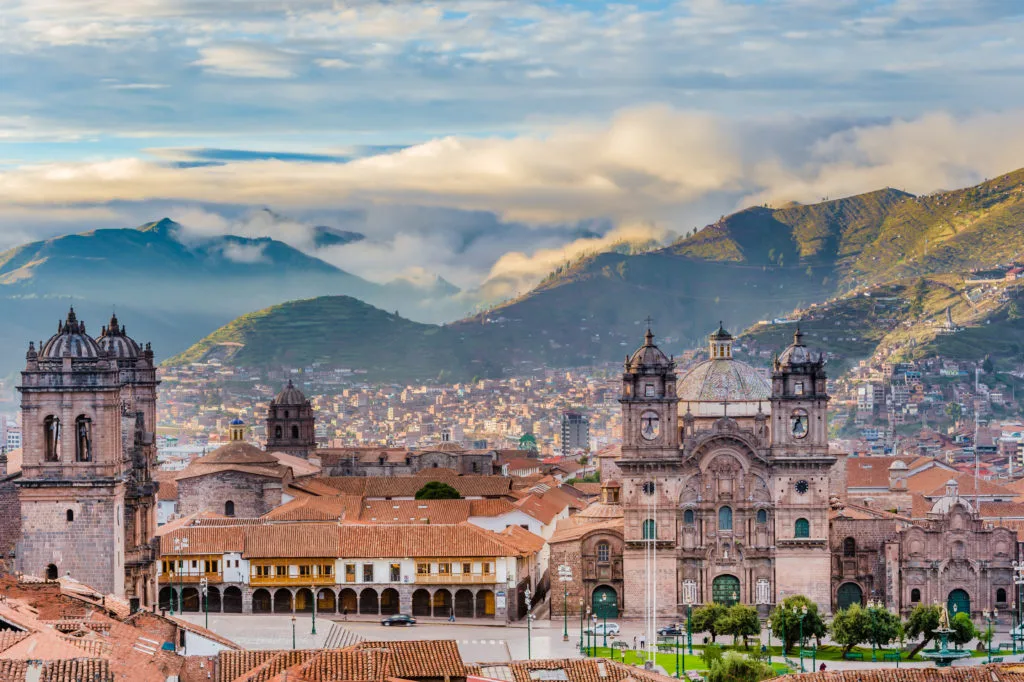
18TH CENTURY: PISCO GAINS INTERNATIONAL NOTORIETY
From 1830, pisco and its related cocktails became incredibly fashionable in San Francisco, California and New York. By the mid-1870s, during the gold rush, pisco was by far the most popular drink in San Francisco even though it was sold for twenty-five cents a glass – a high price for those days! The most famous drink of the day was Pisco Punch invented at the famous Bank Exchange in San Francisco. In 1889, Rudyard Kipling described the taste as “shavings of cherub’s wings, the glory of a tropical dawn, red clouds of sunset and fragments of lost epics by dead poets”. Others writers of the day said “…. it tastes like lemonade but comes back with the kick of a roped steer!”
19TH CENTURY: PRODUCTION DECLINES
Despite continued national and international demand for pisco, the production of pisco from Peru began to decline. When Napoleon invaded Spain in the early 19th century, the New World Viceroyalties were cut off from the rest of the Spanish empire. This provided the opportunity for local South American groups to re-assert their rights, giving rise to an extended period of conflict in South America. The American Civil War and the growing industrialization of Europe created a sharp rise in demand for cotton. Many of the locals began to substitute their grapes for more profitable crops such as cotton, which dramatically interrupted the production of pisco.
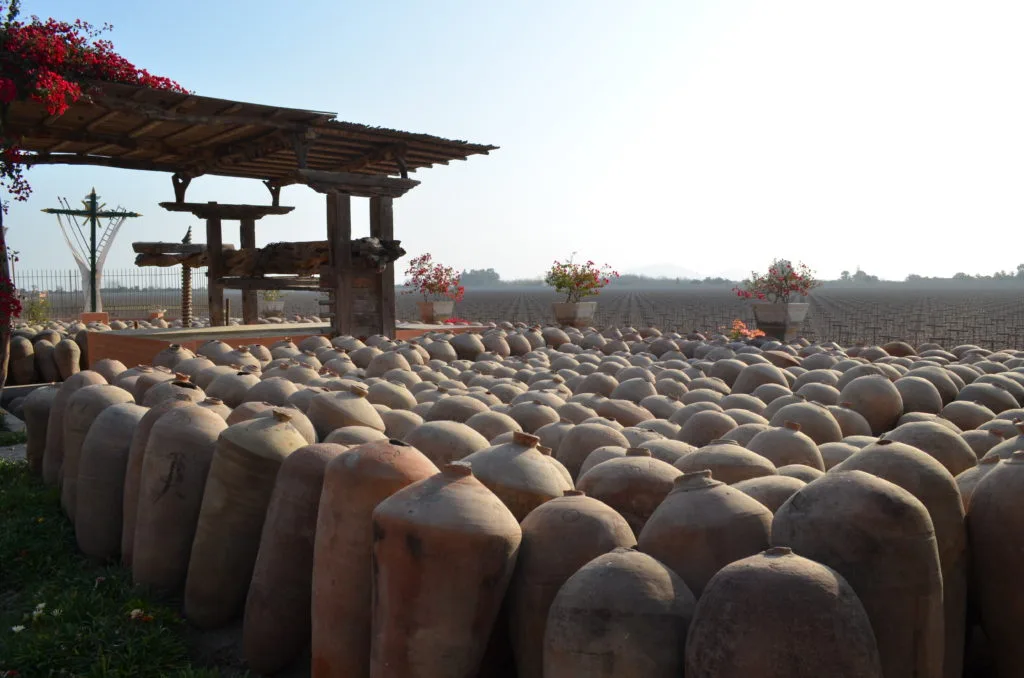
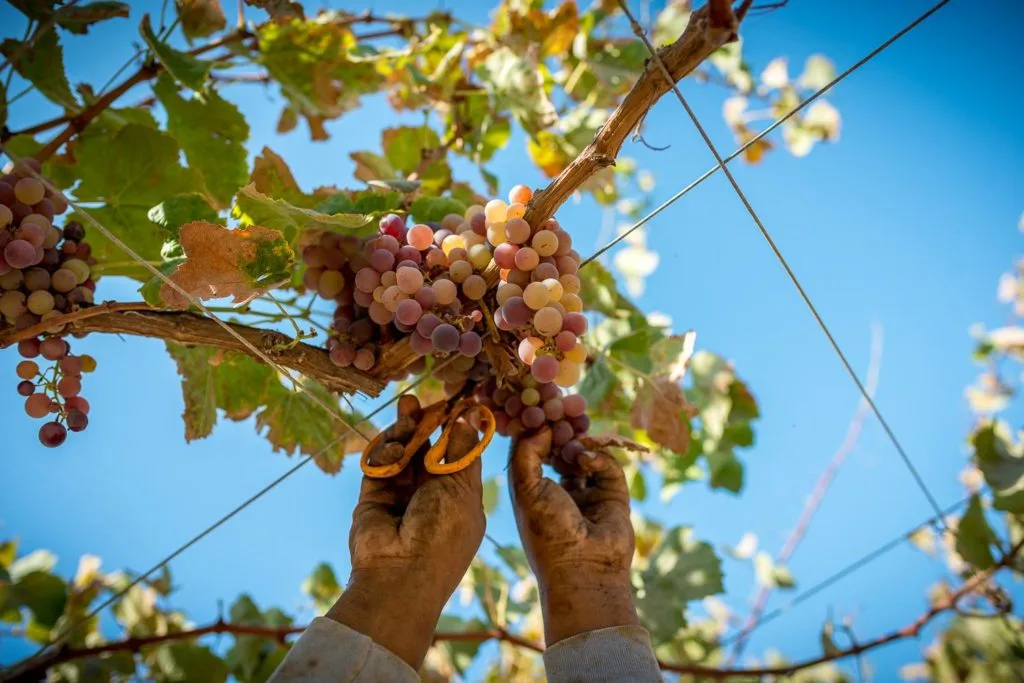
20TH CENTURY: CONTROVERSY IGNITES
While production of Peruvian pisco went into decline, in Chile it continued to grow. 1931 the Chilean government obtained a Denomination of Origin (DO) and exclusivity in the production of pisco. Despite having taken the same name, the spirits produced by Chile and Peru are completely different products. In 1936, the Chilean town of La Unión was renamed to reinforce Chile’s claims over the name ‘pisco’.
After two centuries of decline, 1999 saw a resurgence of interest in the traditional methods of growing and producing pisco in Peru. The Peruvians developed their own Denomination of Origin (DO) which created much controversy as the Chilean DO was already dated 1931, despite the fact that pisco has a much longer association with Peru, and the name had originated from the Peruvian town of Pisco.
21st CENTURY: THE GOLDEN AGE OF PISCO RISES AGAIN
Both Chile and Peru have made several actions to defend their rights to the exclusive use of the name ‘pisco’, including a request to the World Intellectual Property Organization (WIPO) for international registration of the denomination of origin (DO) for pisco. At this moment the controversy continues with each country continuing to produce and market pisco according to the rules specified in their individual country DO. Both countries consider pisco an important part of their national heritage, and each pays tribute to pisco on designated national days including ‘Pisco Day’ in Peru (fourth Sunday of July); ‘Pisco Sour Day’ in Peru (first Saturday of February) and ‘Piscola Day’ in Chile (February 8).
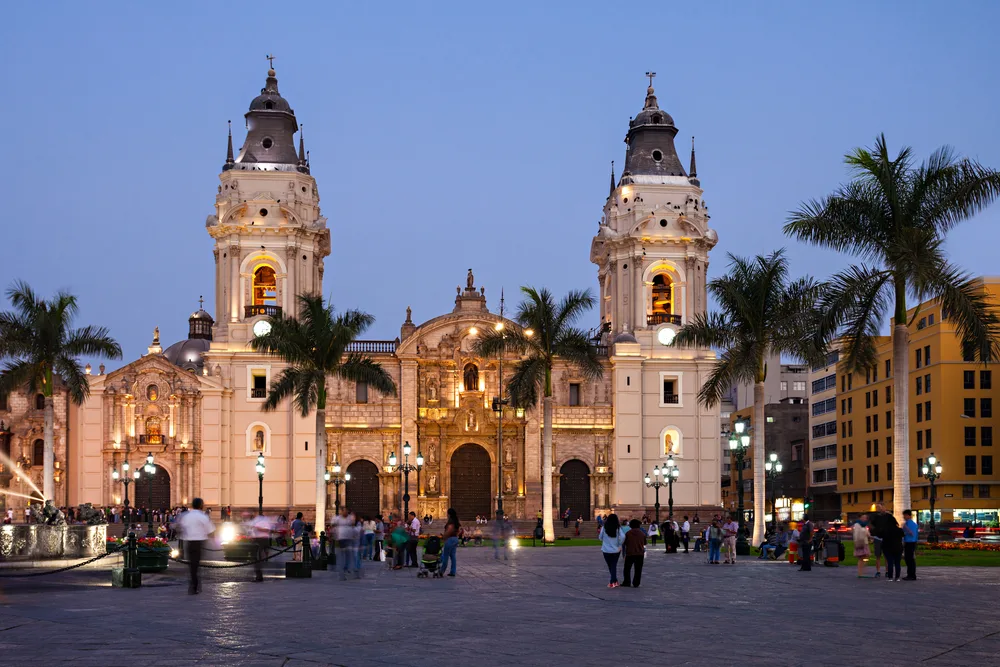

THE FUTURE OF PISCO
Today, a whole generation of mixologists and consumers in South America and abroad have discovered how versatile pisco is as a basis for cocktails or for sipping. Depending on the style of pisco selected you have a wide variety of flavour profiles from earthy through to floral. Pisco pairs beautifully with citrus (lemon, orange and lime), berries (blueberry, strawberry, raspberry), a variety of herbs and spices (mint, rosemary, cinnamon), as well as tree fruits, melons, honey, ginger, tea and just about any mixer you can think of.
Described by many as having the soul of tequila; the complexity of gin and the versatility of vodka, pisco is a truly unique white spirit. Internationally, interest and excitement for traditional, pure, artisan produced premium pisco continues to grow.
